
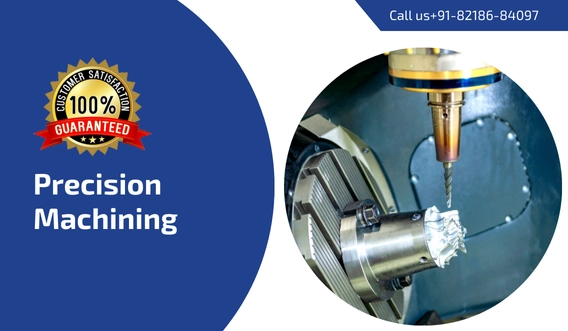
Precision Machining
Precision machining is a process that involves turning, milling, cutting, and electrical discharge machining to remove excess material, and raw material from a workpiece to create a finished product. All these processes are performed by using Computer Numerical Control (CNC). It simply means to shape large work pieces of material into the more precise parts so the finished products meet to exact specifications.
Precision machining is the art and science of crafting intricate parts with exacting accuracy and minimal tolerances. This manufacturing technique is essential in industries where precision and quality are paramount, such as aerospace, medical, automotive, and electronics.
Precision Machined Parts
Gear
Bearing
Seal
Bushing
Dowel
Spring
Coupling
Precision Machined Components
Precision machine components are integral parts of mechanical systems, designed to operate with exacting accuracy and consistency. These components are critical in applications where precision, reliability, and performance are paramount. Here is an expanded explanation of some key types:
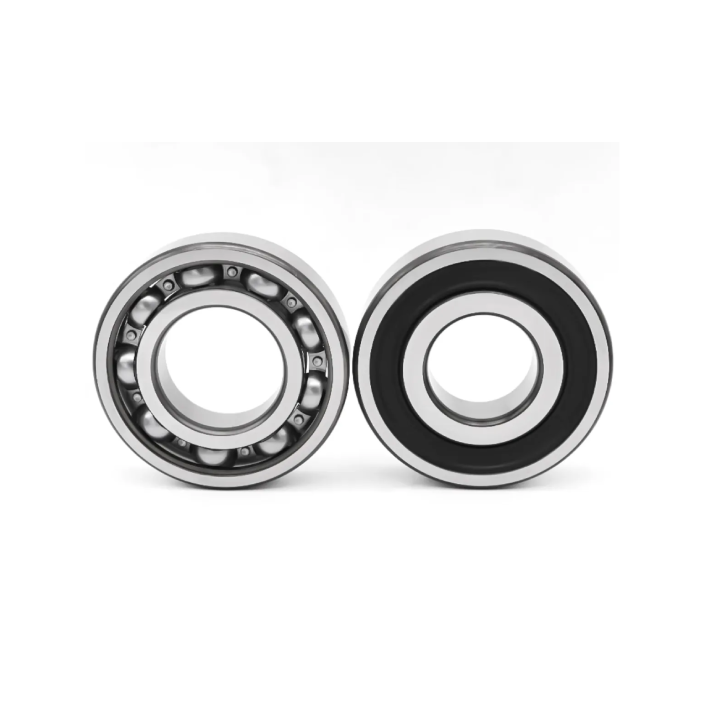
Bearings:
Bearings facilitate the smooth and efficient rotation of parts, reducing friction and wear. They come in various types, such as ball bearings, roller bearings, and needle bearings, each suited for specific applications.
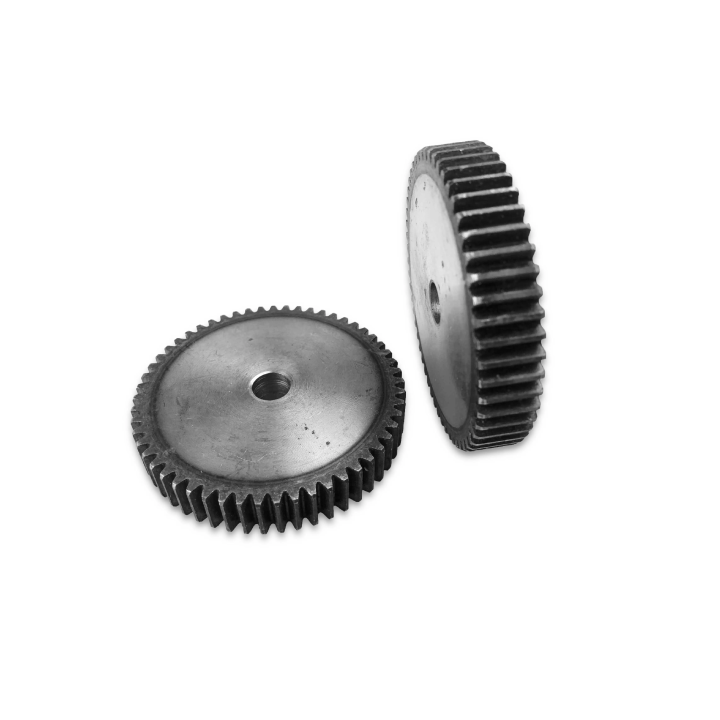
Gears:
Gears are toothed components that transmit torque and rotational motion between shafts. Types of gears include spur gears, helical gears, bevel gears, and worm gears, each designed for specific types of motion and load requirements.
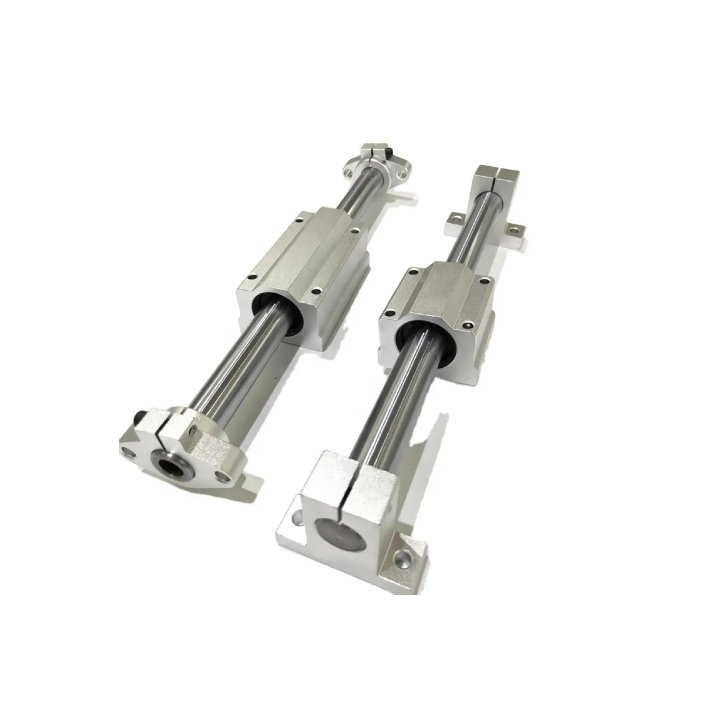
Shafts:
Shafts are cylindrical components that transmit rotational force. Precision in their manufacturing ensures minimal vibration and high efficiency in power transmission.
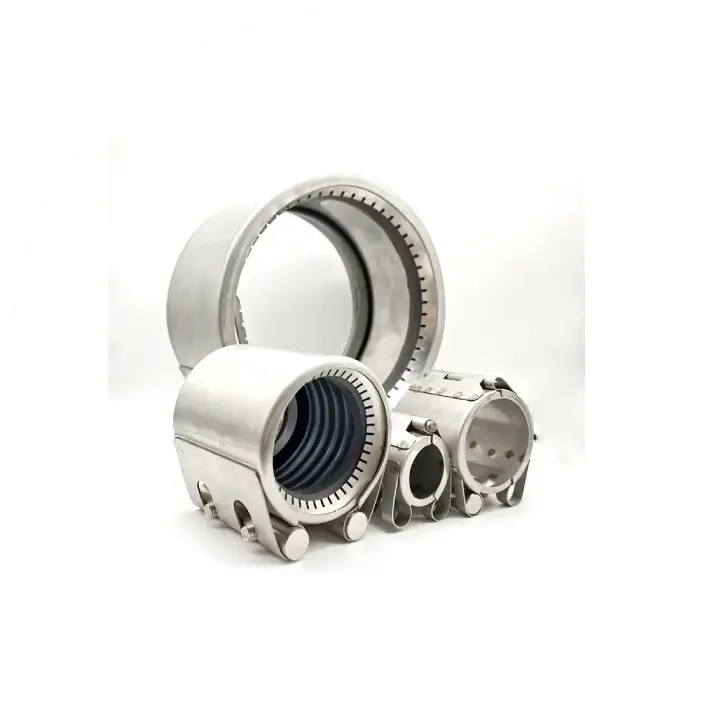
Couplings:
Couplings connect two shafts to transfer rotational power while accommodating slight misalignments. Types include rigid couplings, flexible couplings, and universal joints, each serving different alignment and load requirements.
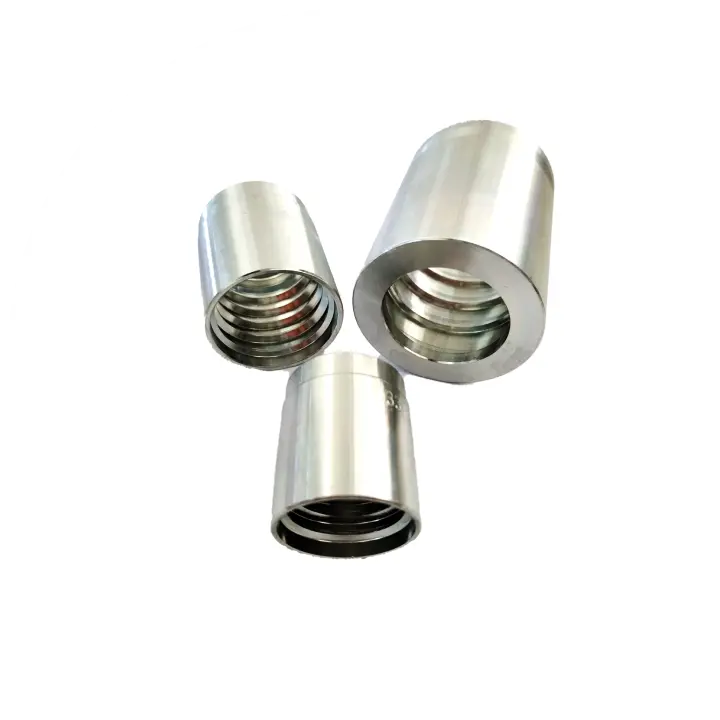
Bushings and Sleeves:
These components provide a low-friction interface between moving parts. Bushings are often used to reduce wear and vibration, while sleeves can serve as protective coverings or wear surfaces.
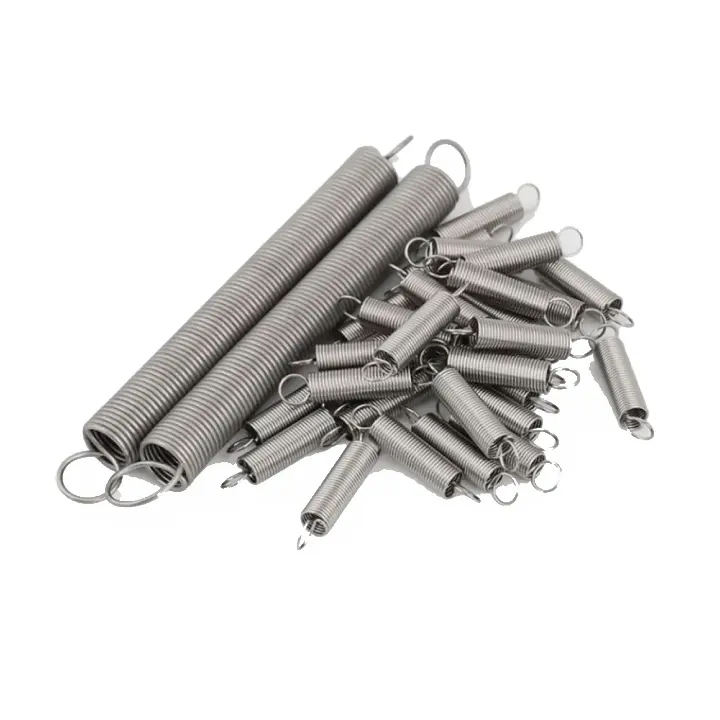
Springs:
Springs are elastic components that store mechanical energy. Precision springs are used in applications where consistent force or motion is required, such as in load- bearing, tension, or shock absorption roles.

Fasteners:
Precision fasteners include screws, bolts, and nuts designed for high accuracy and strength. They ensure secure assembly and alignment of components, crucial in high-stress or high-vibration environments.
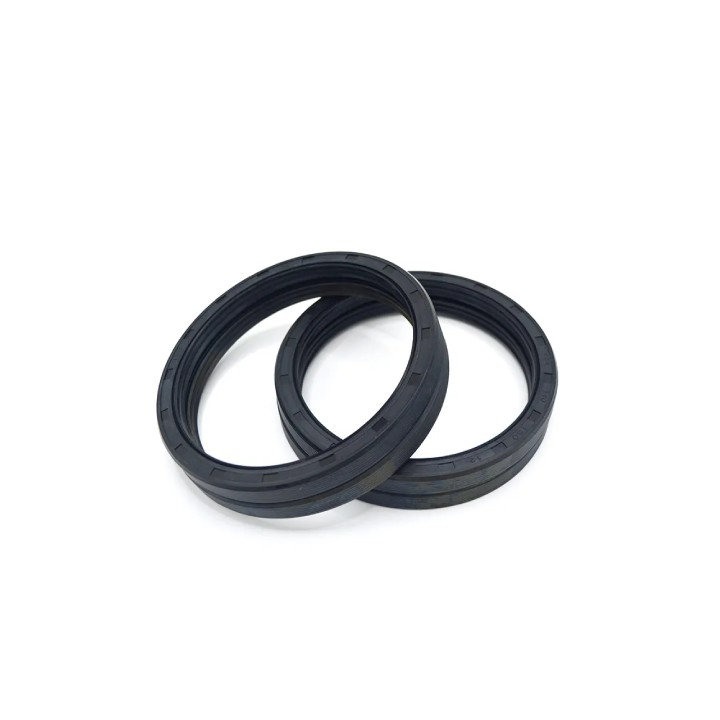
Seals and Gaskets:
These components prevent the leakage of fluids or gases,
maintaining pressure and ensuring the proper function of machinery. Precision in their manufacturing ensures effective sealing under various operating conditions.
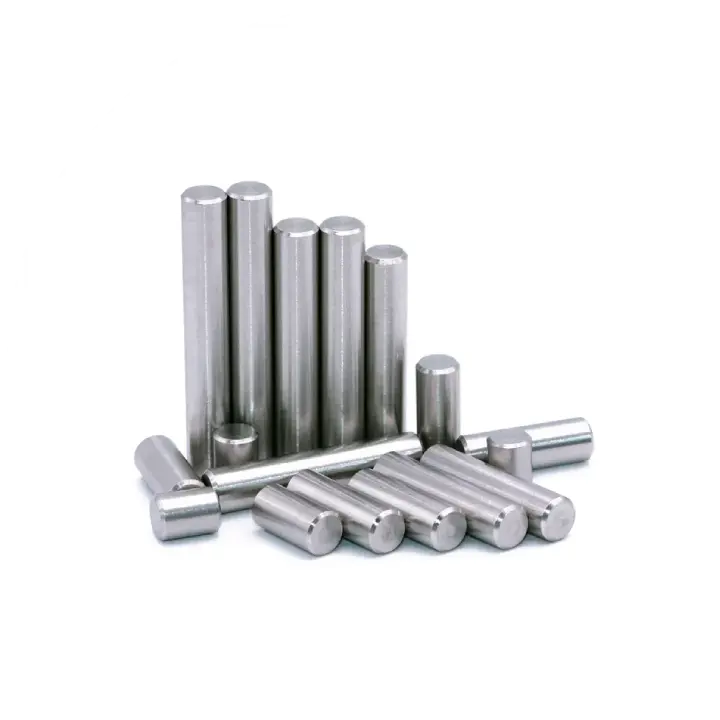
Pins and Dowels:
Pins and dowels provide precise alignment and positioning of components. They are often used in assembly to ensure that parts fit together exactly as intended.
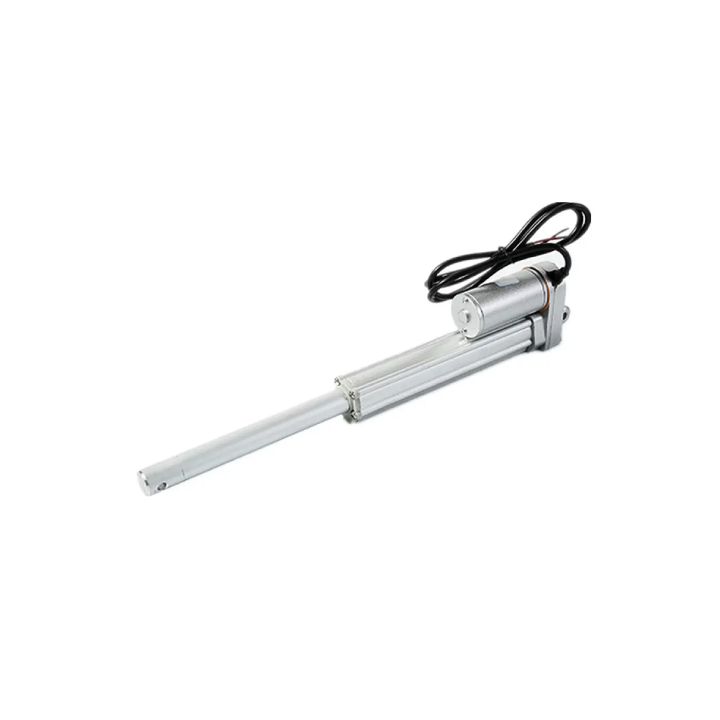
Actuators and Sensors:
Actuators convert electrical signals into mechanical motion, while sensors detect changes in the environment or system and send feedback. Precision in these components is essential for accurate control and monitoring in automated systems.
Processes Involved in Precision Machining
CNC Machining: Computer Numerical Control (CNC) machining is at the heart of precision machining. CNC machines use computer programs to control the movement and operation of cutting tools, ensuring high accuracy and repeatability.
Turning: In turning, the workpiece rotates while a cutting tool moves along its surface to remove material. This process is commonly used to create cylindrical parts and symmetrical features.
Milling: Milling involves removing material from a stationary workpiece using a rotating cutting tool. It is versatile and can produce a wide variety of shapes, slots, and holes.
Grinding: Grinding uses an abrasive wheel to achieve a fine surface finish and precise dimensions. It is often employed as a finishing process for parts that require tight tolerances.
Electrical Discharge Machining (EDM): EDM uses electrical discharges to erode material from the workpiece. It is particularly useful for hard materials and complex shapes that are difficult to machine with traditional methods.
Laser Machining: Laser machining employs focused laser beams to cut or engrave materials with high precision. It is suitable for delicate and intricate work that requires fine details.
Key Aspects of Precision Machining
Accuracy and Tolerances
Precision machining achieves incredibly tight tolerances, often within micrometers. This level of accuracy is crucial for components that must fit together perfectly and function reliably under stringent conditions.
Surface Finish
The quality of the surface finish is a critical aspect of precision machining. A smooth, high-quality finish not only improves the aesthetic appeal but also enhances the performance and longevity of the part by reducing friction and wear.
Complex Geometries
Precision machining allows for the creation of complex and intricate geometries that would be difficult or impossible to achieve with other manufacturing methods. This capability is vital for advanced engineering applications.
Technological Advancements in Precision Machining
Advanced CNC Technology: Modern CNC machines offer multi-axis capabilities, allowing for more complex and precise machining. These machines can perform multiple operations in a single setup, improving efficiency and accuracy.
High-Speed Machining: High-speed machining techniques reduce cycle times and improve surface finish. These methods are particularly beneficial for machining tough materials and complex parts.
Automation and Robotics: The integration of automation and robotics in machining processes enhances productivity and reduces human error. Automated systems can handle repetitive tasks with high precision and consistency.
Additive Manufacturing Integration: Combining precision machining with additive manufacturing (3D printing) allows for the creation of complex parts that are difficult to machine alone. This hybrid approach enhances design flexibility and reduces lead times.
Advanced Tooling: Innovations in cutting tool materials and coatings have improved the performance and lifespan of tools. Advanced tooling reduces wear, enhances cutting efficiency, and enables the machining of hard materials.
Digital Twin Technology: Digital twin technology involves creating a virtual model of the machining process. This model allows for simulation and optimization before actual machining, improving accuracy and reducing errors.
Types of Precision Machining
Precision machining encompasses a wide range of techniques, each suited to different applications and material types. Selecting the appropriate type of precision machining depends on factors such as the desired tolerances, material properties, and the complexity of the part design.s
1. CNC Machining (Computer Numerical Control)
- CNC Milling: Uses rotating cutting tools to remove material from a workpiece, creating complex shapes and surfaces.
- CNC Turning: Involves rotating the workpiece while a cutting tool removes material, typically used for cylindrical parts.
- CNC Drilling: Creates precise holes in a workpiece, often used in conjunction with milling and turning.
2. Grinding
- Surface Grinding: Uses a rotating abrasive wheel to smooth flat surfaces, achieving fine finishes and tight tolerances.
- Cylindrical Grinding: Grinds the external surface of cylindrical objects, ensuring high precision and smooth finishes.
- Centerless Grinding: Removes material from the outer diameter of a workpiece without requiring it to be mounted on centers.
3. Electrical Discharge Machining (EDM)
- Sinker EDM: Uses an electrically charged electrode to erode material, creating intricate shapes and cavities.
- Wire EDM: Uses a thin, electrically charged wire to cut through metal, ideal for complex geometries and fine details.
4. Laser Cutting
- Utilizes a focused laser beam to cut materials with high precision, commonly used for
intricate shapes and fine details.
5. Waterjet Cutting
- Uses a high-pressure jet of water, often mixed with abrasive particles, to cut materials without generating heat, suitable for a variety of materials including metals, ceramics, and composites.
6. Lapping
- Involves rubbing two surfaces together with an abrasive between them to achieve extremely flat and smooth surfaces, often used for fine-tuning tolerances.
7. Honing
- Uses abrasive stones to improve the geometric form of a surface, enhancing the dimensional accuracy and surface finish, typically applied to the inner diameter of cylindrical objects.
8. Broaching
- Employs a toothed tool (broach) to remove material in a single pass, creating precise and complex internal and external profiles.
9. Swiss Machining
- Specialized type of CNC turning that provides high precision and efficiency for small, complex parts, often used in medical and electronic industries.
10. 3D Printing (Additive Manufacturing)
- Builds components layer by layer using materials like plastics, metals, and ceramics, allowing for the creation of intricate and custom designs with high precision.
11. Ultrasonic Machining
- Uses ultrasonic vibrations combined with abrasive slurry to remove material, suitable for hard and brittle materials like ceramics and glass.
Why Select Precision Machined Components for Your Project?
Accuracy and Consistency
Reliability and Durability
Performance Efficiency
Reduced Maintenance Costs
Enhanced Safety
Improved Product Quality
Customization and Flexibility
Technological Advancements
Competitive Advantage
Compliance with Industry Standards
Applications of Precision Machining
Aerospace Industry
Precision machining is critical in aerospace for producing components like turbine blades, engine parts, and structural elements. The high standards of accuracy and reliability are essential for the safety and performance of aircraft.
Medical Devices
In the medical field, precision-machined parts are used in surgical instruments, implants, and diagnostic equipment. These components must meet stringent biocompatibility and hygiene standards.
Automotive Sector
Precision machining produces parts for engines, transmissions, and safety systems. The automotive industry relies on the precision and durability of machined components to enhance vehicle performance and safety.
Electronics
The electronics industry uses precision machining for creating connectors, circuit boards, and micro-components. High precision ensures proper functioning and reliability of electronic devices.
Industrial Machinery
Machined parts in industrial machinery improve the efficiency and longevity of equipment. Components like gears, bearings, and shafts benefit from the precision and robustness provided by machining.
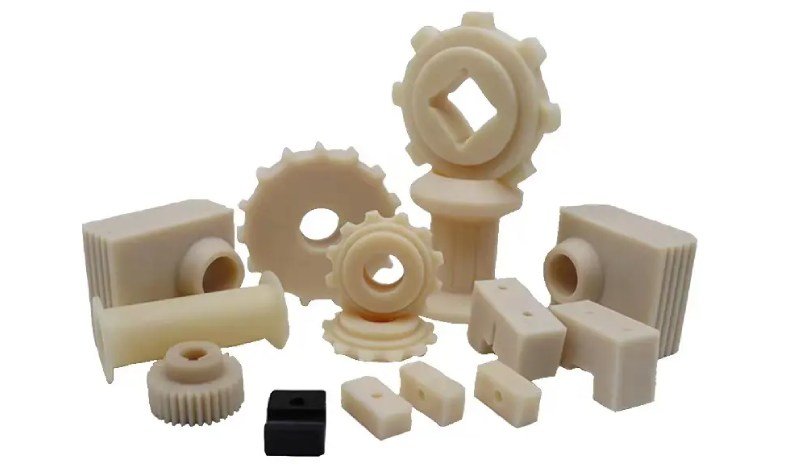
Plastic Machining
At Petron Thermoplast, we specialize in plastic machining, providing high-quality, custom-machined plastic components tailored to meet the exact specifications of your projects. Our state-of-the-art facility and advanced machining techniques ensure that we deliver superior products that excel in performance, durability, and precision. Plastic machining is an ideal solution for a wide range of industries due to its versatility and numerous advantages over traditional metal machining.
Here are some key benefits:
Lightweight: Plastics are significantly lighter than metals, making them perfect for applications where weight reduction is crucial.
Corrosion Resistance: Unlike metals, plastics do not corrode, ensuring longevity and reliability in harsh environments.
Cost-Effective: Machining plastics often results in lower material and processing costs, making it an economical choice for many applications.
Electrical Insulation: Plastics provide excellent insulation properties, ideal for electrical and electronic components.
Flexibility in Design: Plastics can be easily machined into complex shapes and intricate designs, allowing for greater flexibility in product development.
Plastic machining services, including:
- CNC Machining
- Milling
- Turning
- Drilling and Tapping
CNC Machined Components
CNC (Computer Numerical Control) machined components are parts and products manufactured using CNC machining, a subtractive manufacturing process in which material is removed from a workpiece using high-precision tools controlled by a computer program. These components are designed and produced with exceptional accuracy and consistency, making them essential for various industrial applications.
This digital model is then converted into a set of instructions (G-code) that the CNC machine follows to cut, drill, mill, or shape the material into the final product. The materials commonly used in CNC machining include metals (such as aluminum, steel, and titanium), plastics, wood, and composites.
CNC machines come in various types, including lathes, mills, routers, and grinders, each suited for different tasks. The process is known for its high precision, repeatability, and ability to produce complex geometries that would be difficult or impossible to achieve with manual machining.
Machinery parts, tooling, and fixtures are often produced using CNC machining to ensure they can withstand heavy-duty industrial operations.

Common Types of CNC Machined Components
Engine Parts
Components such as pistons, cylinders, and connecting rods used in automotive and aerospace engines.
Medical Devices
Precision components for surgical instruments, implants, and diagnostic equipment.
Electronic Housings
Enclosures and cases for electronic devices, ensuring protection and structural integrity.
Prototypes
High-precision prototypes for testing and development in various industries.
Gears and Gearboxes
Precision gears and gear assemblies used in machinery, automotive, and robotics.
Aerospace Components
Structural and functional parts for aircraft and spacecraft, including brackets, mounts, and turbine blades.
Tooling and Fixtures
Custom tooling, jigs, and fixtures used in manufacturing processes to ensure accurate assembly and production.
Conclusion
In modern manufacturing, precision machining is a keystone that offers efficiency and accuracy. Its ability to produce the best quality with finished and detailed oriented parts with tight tolerance is pivotal for a wide range of industries.
As technological advancements continue to push the boundaries of what is possible, precision machining is set to become even more integral to manufacturing processes. By leveraging advanced CNC technology, automation, and innovative materials, manufacturers can achieve higher levels of precision and efficiency, meeting the ever-evolving demands of today’s market.
Understanding the full potential of precision machining allows companies to produce superior products, maintain a competitive edge, and drive innovation. Whether for developing cutting-edge devices with high-performance components. To pursue excellence in modern engineering precision machining is always an essential technology.
